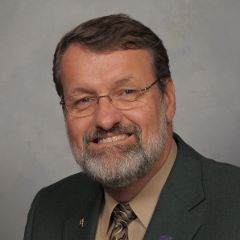April 18, 2017
Capacity Funds: Importance and Return on Investment

First off, what are federal capacity funds for Extension and the Experiment Stations? These are the funds that are appropriated by a formula to go to Land-grant Universities to support the on-going work of the Cooperative Extension (CES) and Agricultural Experiment Station (AES) functions. We refer to that funding as Smith-Lever and Hatch funding for CES and AES, respectively. In Kansas, that total funding was roughly $10 million.
The following summary comes from the Extension Committee on Organization and Policy (ECOP) Monday Minute blog site dated April 10, 2017:
USDA-NIFA commissioned a study by TEConomy Partners, LLC www.teconomypartners.com to examine the value of capacity funds that provide resources for Extension and research in agriculture, natural resources and community/family/youth development. The report highlights the findings of this research and can be summarized in three points stating that Capacity funds
a) result in relationship building and partnerships that lead to change in behaviors for agriculture, communities, families and individuals,
b) provide the infrastructure and the stable, ongoing source of funding to enable quick response, drawing from the land-grant research base, to address issues important to communicating, families and individuals in every corner of the country, and
c) are leveraged by state and local funds as well as a wealth of additional financial and human resources that results in a high return on the federal investment.
The detailed study highlights can be found at bit.ly/CapFunding_HL, and the link to the full report can be found at bit.ly/2osfr4M.
The report describes very positive outcomes with the federal investment in these formula-based capacity funds going out to each Land-grant University. Tied together with the state funding and the local funding, this represents the foundation upon which we build our research and educational priorities and our ability to respond to special and/or critical needs in agriculture, communities, families, and individuals.